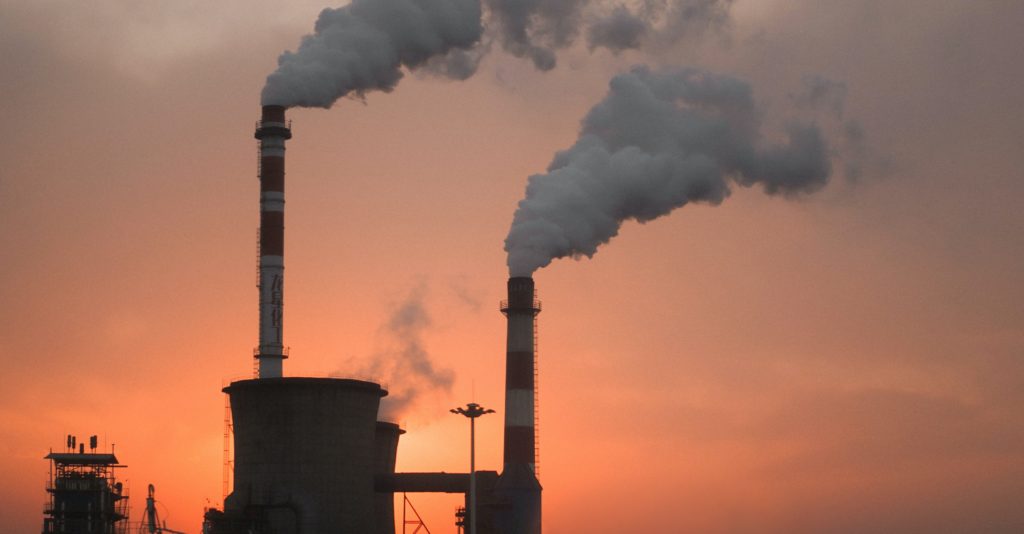Mining has played a crucial role in shaping our modern world, providing the raw materials necessary for industries ranging from construction to electronics. However, the environmental impact of operations, particularly in terms of emissions, cannot be ignored. In recent years, there has been a growing awareness of the need to reduce emissions in this sector to protect our planet and the health of people living in communities. This article explores the importance of emission reduction in mining and the strategies being employed to achieve this goal.
The Environmental Toll of Mining Emissions
The burning of fossil fuels for energy and transportation, as well as the release of methane from underground coal mines, are known to cause considerable greenhouse gas emissions in mining operations. They lead to environmental problems such as air pollution, climate change, and others. Additionally, these operations frequently result in habitat damage, water pollution, and deforestation, which worsens the effects on the environment.
Protecting Local Communities

Source: environmentalsolutions.mit.edu
In addition to harming the environment, emissions can also have dire consequences for the health and well-being of people living near sites. Air pollution, such as fine particulate matter and harmful gases, can lead to respiratory problems and other health issues for local residents. By reducing emissions, companies, like Mammoth Equip, can help protect the health of the communities they operate in. Mammoth Equip’s commitment to emission reduction not only contributes to a cleaner environment but also ensures a healthier future for those living in proximity to their mining operations.
Strategies for Emission Reduction
Transition to Renewable Energy: One of the most effective ways to reduce emissions in mining is to shift from fossil fuels to renewable energy sources like solar, wind, and hydropower. This transition not only lowers emissions but also reduces energy costs in the long run.
Efficiency Improvements: Mining companies are investing in more energy-efficient equipment and processes to minimize energy consumption and emissions. This includes the use of advanced technologies like autonomous vehicles and optimized drilling techniques.
Carbon Capture and Storage (CCS): CCS technology captures carbon dioxide emissions from industrial processes and stores them underground. It has the potential to significantly reduce emissions in this industry.
Methane Capture: For coal operations, capturing and utilizing methane emissions can be a valuable strategy. Methane is a potent greenhouse gas, and converting it into energy can mitigate its environmental impact.
Community Engagement: Companies are increasingly engaging with local communities to address their concerns and collaborate on emission reduction initiatives. This includes investing in community health programs and sustainable development projects.
Challenges and Opportunities

Source: impact.monash.edu
While emission reduction in mining is essential, it also presents challenges. The initial investment required for transitioning to renewable energy and implementing emission reduction technologies can be substantial. However, these investments often pay off in the form of long-term cost savings and improved public perception.
Conclusion
In conclusion, emission reduction in mining is not only a matter of protecting the environment but also safeguarding the health and well-being of local communities. By implementing strategies such as transitioning to renewable energy, improving efficiency, and engaging with communities, the mining industry can play a vital role in mitigating its impact on the planet and people. It is a necessary step towards a more sustainable and responsible sector.



